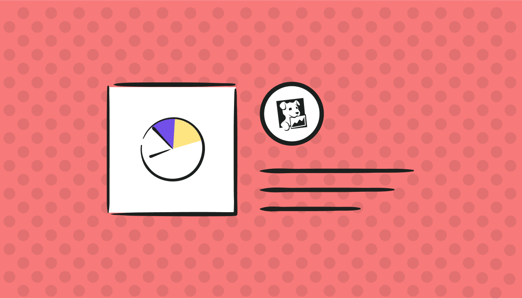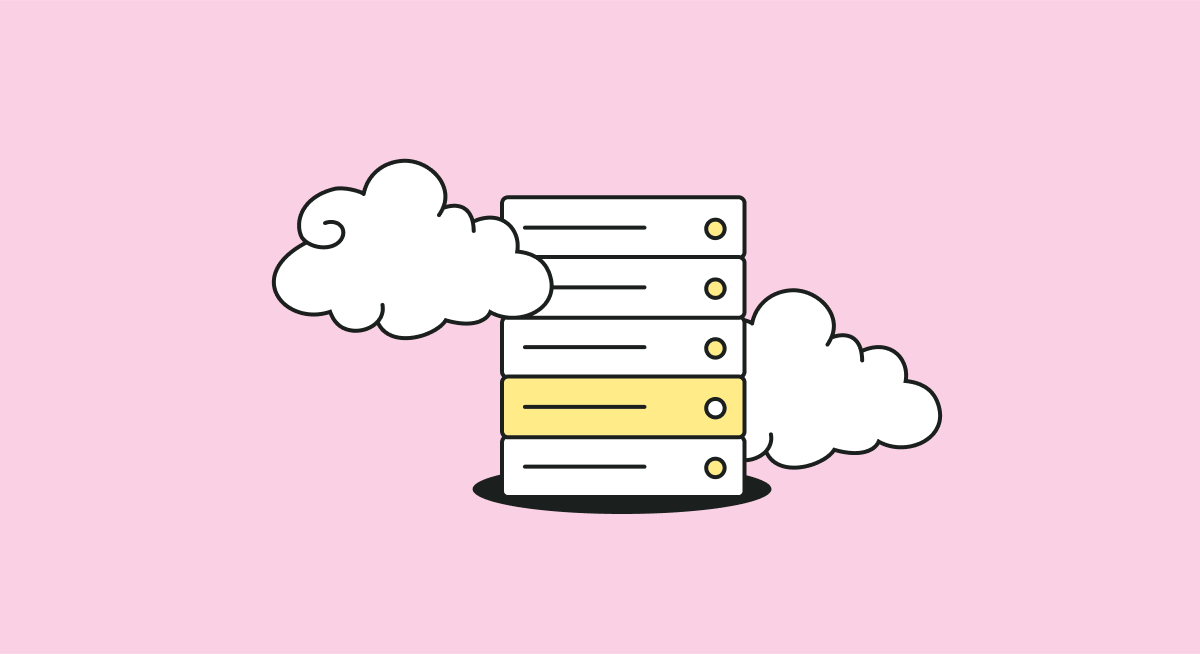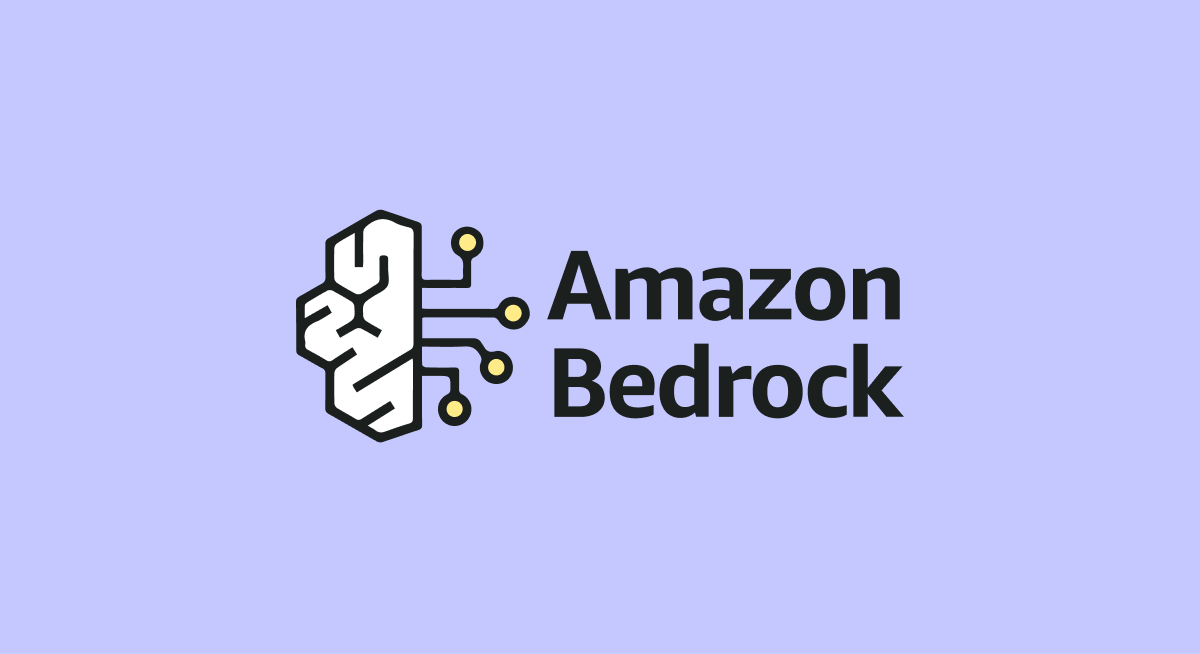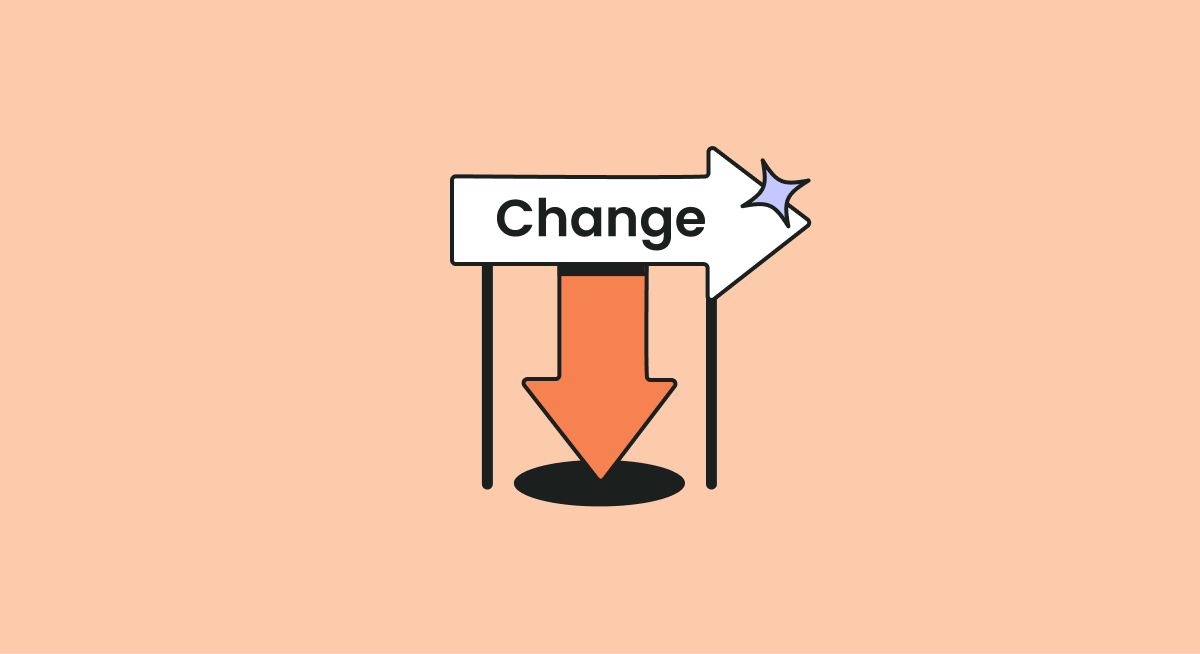
Datadog has become a go-to choice for monitoring and observability, empowering businesses to gain valuable insights into their applications and infrastructure. As you explore Datadog's offerings, understanding Datadog's pricing structure becomes essential to make informed decisions and optimize costs.
In this informative blog post, we will delve into the intricacies of Datadog pricing, thoroughly exploring key features such as debugging, custom metrics, and synthetic monitoring. Additionally, we'll provide effective strategies to optimize costs without compromising on functionality within the Datadog pricing framework.
This is part of an extensive series of guides about performance testing.
Related Content:
- Read our guide to FinOps Tools
What Is Datadog?
Datadog is a comprehensive monitoring and observability platform designed to help organizations gain valuable insights into their applications and infrastructure. It offers various features such as infrastructure monitoring, application performance monitoring (APM), log management, and synthetic monitoring. Datadog provides a unified view of your entire stack, enabling teams to detect and resolve issues quickly, ensure optimal performance, and make informed decisions.
Datadog Pricing Model Explained
Before diving into specific pricing details, let us first establish a foundation by understanding the overall cost structure of Datadog. Datadog's pricing primarily revolves around the volume of data ingested and the features utilized. Key factors influencing costs include infrastructure monitoring, Application Performance Monitoring (APM), log management, and synthetic monitoring. By comprehending how these components contribute to the overall Datadog price, organizations can effectively analyze and optimize their expenses.
| Plan | Features | Price |
|---|---|---|
| Free Trial | 14-day trial of core features. | Free |
| Pro Plan | Real-time performance tracking, custom dashboards, and integrations with various technologies. | Varies based on usage |
| Enterprise Plan | Advanced features like APM, increased log retention, and enhanced support. | Custom quote required |
Datadog Pricing Plans
Datadog offers different plans designed to cater to various needs:
- Free Trial: Datadog provides a 14-day free trial that allows users to experience its core features and functionality. This is an excellent opportunity to test drive the platform and understand its capabilities before committing to a paid Datadog price.
- Pro Plan: The Pro plan is the most popular option, offering various essential monitoring and analytics features. It provides real-time performance tracking, custom dashboards, and integrations with numerous technologies and services. The pricing for the Pro Plan varies based on usage factors outlined below.
- Enterprise Plan: For organizations with advanced requirements and larger infrastructure, Datadog provides the Enterprise Plan. It includes additional features like APM, increased log retention, and enhanced support, tailored to meet the demands of complex environments. The Enterprise plan pricing is based on a custom quote, depending on specific needs.

Factors Influencing Datadog's Cost: How to Optimize Your Datadog Price
- Host-based Pricing and Scaling: One crucial aspect of Datadog's pricing is host-based pricing. The number of hosts monitored directly affects costs. It's important to evaluate your infrastructure and accurately determine the number of hosts you need to monitor to avoid unnecessary expenses. Furthermore, Datadog offers scalable pricing options to accommodate organizations with fluctuating host counts, ensuring flexibility as your infrastructure evolves. Example: Let's say you want to monitor 20 servers and 10 cloud instances. Your Datadog price would be based on the total count of 30 monitored hosts.
- Log Retention: Datadog Log Retention allows organizations to store and retain log data generated by their applications and infrastructure for a specified period of time, impacting Datadog prices. The longer you need to retain logs, the higher the cost. Datadog provides various log retention options, ranging from 15 days to 365 days, depending on the selected plan. Example: If you require logs to be stored for 30 days, the cost might be different than if you need logs to be retained for the maximum 365-day period.
- Advanced Features and their Impact on Datadog Prices:
- APM: Datadog's Application Performance Monitoring enables businesses to gain high-level insights into application behavior, and performance, and troubleshoot issues. Datadog charges are based on the number of traces collected and analyzed. It's important to consider the desired level of granularity and the number of traces required to optimize costs while gaining valuable insights into application performance.
- Debugging: Debugging is a process within Datadog to identify and resolve specific issues or bugs within an application. While it is available across different pricing tiers, some advanced debugging features may have additional costs. Debugging sessions are billed based on the total duration of sessions, which includes capturing logs, traces, and other relevant data. Evaluate the value of these features for your specific use cases and consider enabling them selectively to optimize costs.
- Custom Metrics: Datadog allows you to track and monitor custom metrics specific to your applications and infrastructure. However, it's important to understand the pricing implications of utilizing custom metrics. Datadog charges for custom metrics based on the volume of data ingested. Teams often encounter unexpected costs when many custom metrics are created, resulting in increased data ingestion. Monitoring and managing the creation of custom metrics are vital to controlling costs in this area.
- Synthetic Monitoring: Synthetic monitoring in Datadog enables you to simulate user interactions and monitor the performance and availability of your applications from different locations. It's crucial to understand the pricing structure for synthetic monitoring to optimize costs. Datadog charges for synthetic tests based on the number of tests executed and the frequency of execution. By carefully managing the number and frequency of synthetic tests, you can ensure efficient cost utilization while gaining valuable insights into your application's performance.
- Integrations and Add-ons: Datadog seamlessly integrates with various technologies and services, such as cloud providers, databases, container platforms, and more. Depending on your selected plan, some specific integrations or add-ons may have associated costs.
- Usage Analysis and Forecasting: Leverage Datadog's usage analytics and forecasting tools to gain insights into resource consumption patterns. By understanding usage trends, you can proactively plan for capacity needs, identify potential cost-saving opportunities, and optimize your monitoring resources effectively.
- Tagging and Filtering: Utilize Datadog's tagging and filtering capabilities to focus your monitoring efforts on specific subsets of your infrastructure. By excluding irrelevant or low-priority resources, you can reduce monitoring costs and streamline your monitoring efforts without sacrificing visibility.
- Continuous Review and Fine-Tuning: Regularly review your monitoring setup, configurations, and utilization of advanced features. Optimize custom metrics, synthetic monitoring scenarios, and debugging settings based on evolving business needs and priorities. This iterative process ensures you maintain a cost-effective monitoring strategy while extracting maximum value from Datadog.
- Utilize a Cloud Cost Management Tool: Harness the power of Finout, a holistic cloud cost management tool for all your cloud services including Datadog, to effortlessly identify opportunities for reducing Datadog costs. By leveraging a cloud cost management solution, you can optimize your spending and unlock substantial savings for your organization.
Datadog Pricing FAQ
Q: How does Datadog's pricing model work?
A: Datadog's pricing is based on the volume of data ingested and the features utilized. Different plans are available to cater to various needs.
Q: What are the key factors influencing Datadog's costs?
A: Key factors include the number of monitored hosts, log retention period, usage of advanced features like APM, debugging, custom metrics, and synthetic monitoring.
Q: How can I optimize my Datadog costs?
A: Optimize costs by accurately determining the number of hosts to monitor, selecting appropriate log retention periods, managing custom metrics, and carefully managing synthetic tests.
Final Thoughts
Managing the costs associated with usage-based pricing tools like Datadog can be complex, particularly as infrastructure scales and monitoring needs evolve. This is where FinOps (Financial Operations) comes into play. FinOps is a discipline that combines financial management principles with cloud usage to optimize costs and maximize value.
With the help of FinOps practices and tools, organizations can effectively manage and optimize usage-based pricing tools like Datadog while setting budget thresholds, tracking costs, identifying potential cost savings, and ensuring efficient resource allocation within the context of monitoring tools like Datadog. By considering these factors and implementing FinOps strategies, businesses can leverage Datadog's robust monitoring and analytics capabilities while maintaining cost efficiency and maximizing the value they derive from the platform.
Finout, the ultimate cloud cost management and optimization solution helps you monitor, manage, and automatically provides optimization recommendations for Datadog alongside your entire cloud environment.
Read More About Datadog Costs
How Much Does Datadog Cost?
Understanding Datadog's pricing model is crucial when evaluating it as a solution. Explore the various factors that influence Datadog's pricing and gain insights into its cost structure. Additionally, discover effective considerations for managing usage-based pricing tools like Datadog within the context of FinOps.
Read more: How Much Does Datadog Cost?
Part I: Getting Around the Datadog Pricing Model
In the first part of the blog series, written by our talented Software Engineer, Boris Cherkasky, we explore the question: "Why should you care about your Datadog costs?" Boris dives into crucial aspects of Datadog costs, emphasizing the importance of understanding them. He also sheds light on how Datadog pricing works, shares his experiences and lessons learned as a Datadog user, and discusses strategies to crack the Datadog cost/usage model. Moreover, Boris provides valuable insights on how to effectively gain control over Datadog costs.
Read more: Part I: Getting Around the Datadog Pricing Model
Part II: The Magic That Is In Datadog Pricing
In the second part of the blog series written by our talented Software Engineer, Boris Cherkasky, we cover how in general Datadog products get billed, and uncover the factors that sometimes lead to unexpected end-of-month invoices.
Read more: Part II: The Magic That Is In Datadog Pricing
Part III: Data Puppy - Shrinking Data Dog Costs
In the third part of the blog series written by our talented Software Engineer, Boris Cherkasky, you will discover the key factors to consider for effectively managing your Datadog costs. Boris will guide you through the process of uncovering the hidden potential for Datadog optimization, enabling you to make the most out of this powerful platform.
Read more: Part III: Data Puppy - Shrinking Data Dog Costs
Datadog Debug Pricing
Datadog Debug offers developers the remarkable ability to streamline bug resolution and optimize application performance. To fully harness the potential of this invaluable tool, it is important to grasp its pricing structure, evaluate the value of its advanced features for your specific debugging requirements, and identify key elements that influence Debug pricing.
In this blog post, we dive deep into these essential aspects, providing you with the knowledge needed to make informed decisions and leverage Datadog Debug effectively for enhanced development workflows.
Read more: Understanding Datadog Debug Pricing
Datadog Custom Metrics Pricing
Datadog custom metrics empower businesses to capture and analyze application-specific data points, tailored to their unique use cases. The true potential of Datadog custom metrics lies in the precise insights they offer into application performance. Therefore, comprehending the product's pricing structure and evaluating the value of advanced features becomes crucial in making informed decisions to optimize costs effectively.
Read more: Understanding Datadog Custom Metrics Pricing
Datadog Synthetic Pricing
Integrating Datadog Synthetic Monitoring into your monitoring and observability strategy is a vital step for organizations seeking to proactively monitor and optimize their applications while ensuring exceptional user experiences and mitigating risks.
In this blog, we will dive into the Datadog Synthetic pricing structure and explore the key factors that influence these costs. By understanding these aspects, you will be equipped to make informed decisions and leverage the full potential of Datadog Synthetic Monitoring.
Read more: Understanding Datadog Synthetic Pricing
Optimizing Datadog Costs
Discover effective cost optimization strategies for utilizing Datadog to its full potential without incurring unnecessary expenses. By implementing these best practices, organizations can achieve maximum efficiency with Datadog while ensuring a high level of observability. Learn how to reduce monitoring costs without compromising on the quality of insights and monitoring capabilities.
Read more: Datadog Cost Optimization
See Additional Guides on Key Performance Testing Topics
Together with our content partners, we have authored in-depth guides on several other topics that can also be useful as you explore the world of performance testing.
Application Performance
Authored by Radware
- [Guide] Application Performance Optimization: Radware Glossary
- [Guide] Application Delivery Network: Enhancin[Guide] Performance & Security
- [Guide] Application Performance Monitoring (APM): A Practical Guide
Prometheus Monitoring
Authored by Tigera
- [Guide] Prometheus Monitoring: The Complete Guide
- [Guide] Prometheus Metrics: A Practical Guide
- [eBook] O'Reilly eBook: Kubernetes Security and Observability
- [Product] Calico Cloud | Kubernetes Security and Comprehensive Container Security
Image Optimization
Authored by Cloudinary








